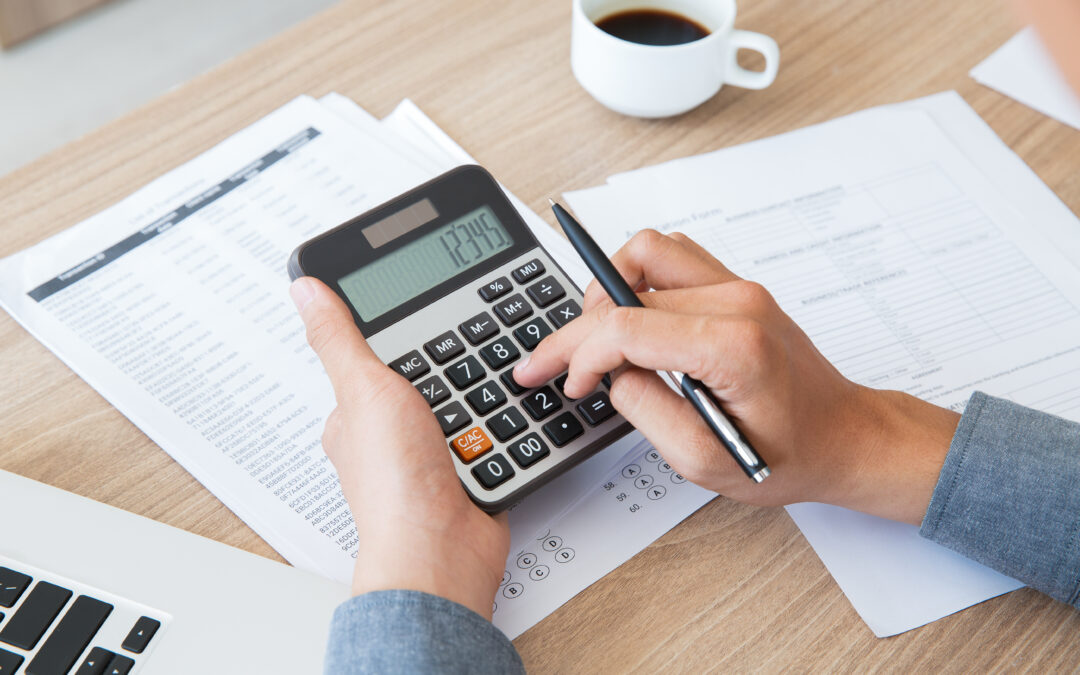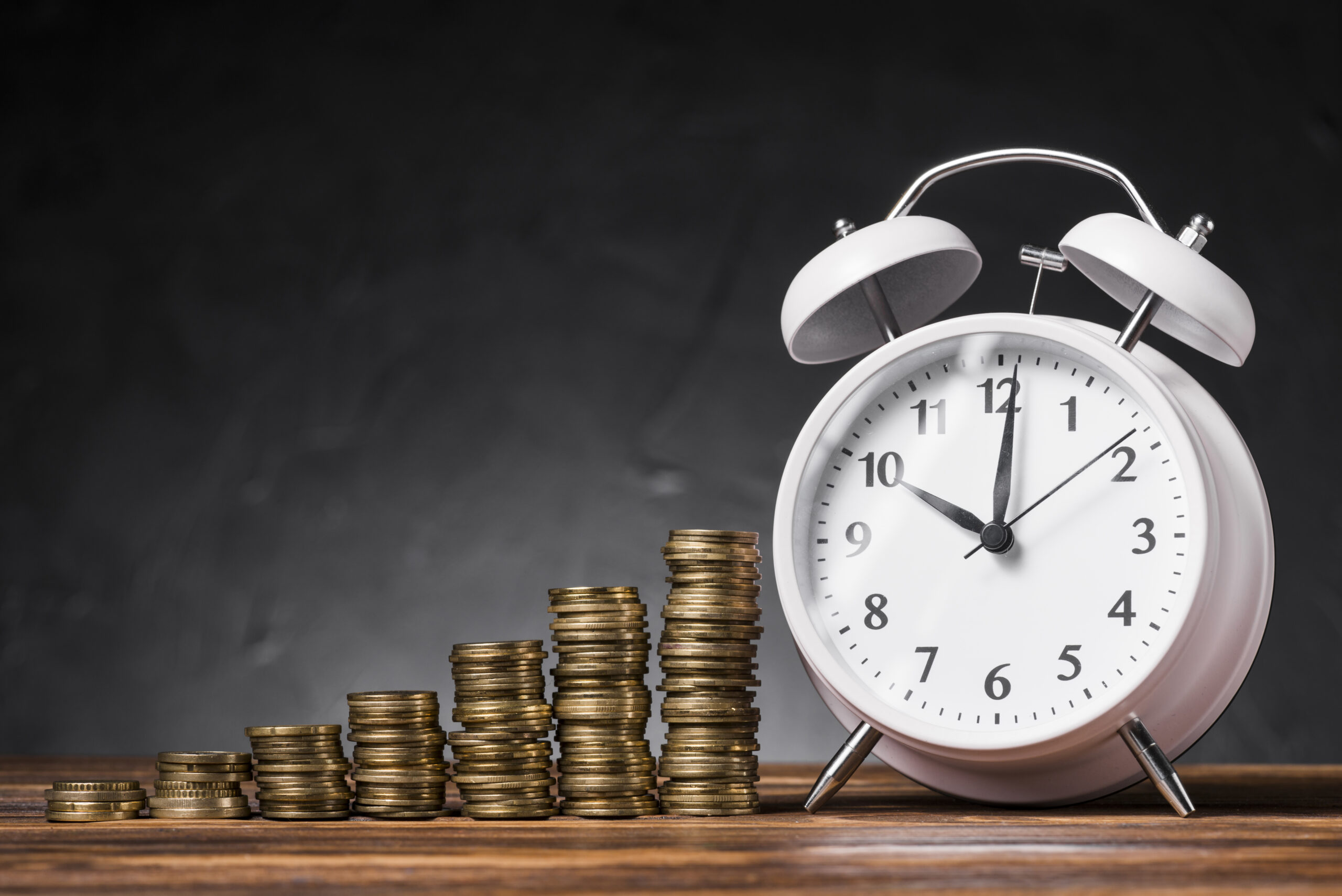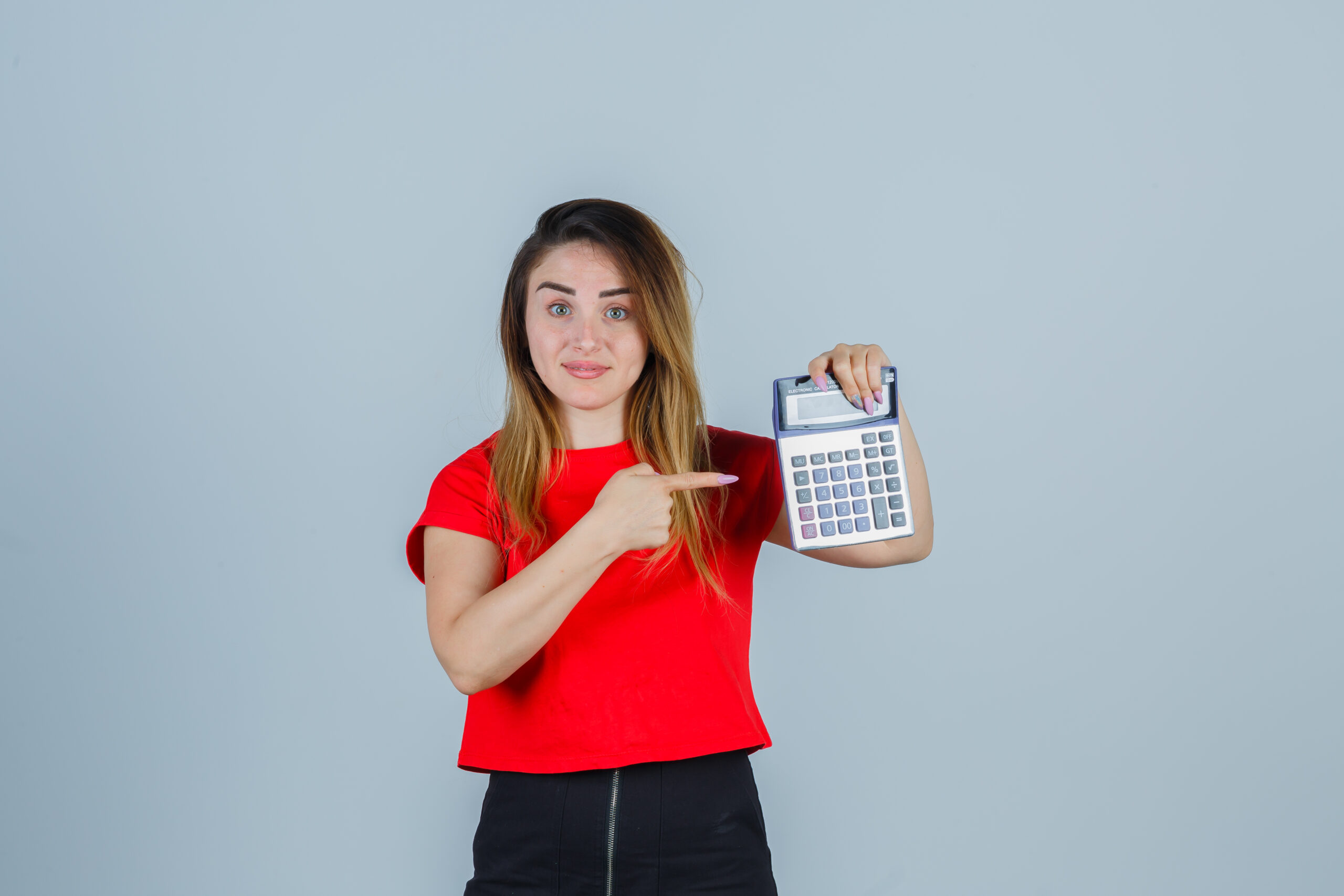Maximising your tax benefit is essential, and the income tax rebate under Section 87A is the government’s solution for millions of resident taxpayers looking for low or nil tax liability. If you’re focused on compliance, innovative tax planning, or stress-free TDS return filing in Mumbai, understanding Section 87A’s rebates in both new and old regimes can make a tangible difference. One of the most popular questions to ask when you hire a top CA company in Mumbai, this complete guide by Epsilon Accounts Anusthan Fintech LLP will describe the restrictions, requirements, and calculation procedures, enabling you or your business to prosper in 2025.
What Is the Section 87A Rebate and How Does It Work in 2025?
Section 87A allows a direct tax rebate for resident individual taxpayers of a specific income group. The government, to increase the middle class, has revised the slabs for FY 2025-26:
- In the new plan, citizens with an income of ₹12 lakh or less per year can now avail themselves of an expense of ₹60,000 as a tax rebate.
- With the earlier scheme, the rebate cap is also ₹12,500 and is valid in case of taxable income up to ₹5 lakh.
- The amendments result in many people being able to bring down their tax outgo to zero just by taking care of their income and claims in the proper manner.
The higher rebate makes it easier to comply as well as file TDS returns on time in Mumbai for taxpayers this year.
How Has Section 87A Evolved in the New Regime?
Budget 2025 has converted it into a landmark moment for tax relief:
- Earlier, the newly introduced regime provided a rebate of a maximum of ₹7 lakh of taxable income (rebate of a maximum of ₹25,000).
- Now it reaches up to incomes of ₹12 lakh, wherein the rebate limit has been raised to ₹60,000, which enormously expands the base of benefit.
- Also, a level deduction of ₹75,000 has been included in salaried and pensioned individuals, making an effective nil tax up to ₹12.75 lakh achievable.
This change has made the new regime all the more appealing, particularly to those not utilising classical deductions. It has influenced numerous people to meet with a Top CA firm in Mumbai to discuss regime selection.
Who Can Avail the Section 87A Tax Refund?
Its eligibility is straightforward:
- Resident individuals only (not companies or non-residents).
- Income should not be more than ₹12 lakh (new regime) or ₹5 lakh (old regime).
- Senior citizens (60–80 years) can also avail themselves, but super senior citizens (over 80 years) cannot.
- Refund is provided before the health and education cess of 4% is levied.
Regular monitoring of TDS return filing in Mumbai by a strong top CA firm ensures determination of eligibility and maximises your claim.
How does the Section 87A rebate work?
The calculation of the Section 87A rebate is straightforward and is done automatically while calculating your tax return:
- Calculate your total income for the year.
- Subtract all the eligible deductions (80C, 80D, etc., under the old system; fewer deductions under the new system).
- Calculate income tax on net taxable income as per the applicable slabs.
- Grant the rebate: For the old regime, up to ₹12,500 if total income does not exceed ₹5 lakh; for the new regime, up to ₹60,000 if total income does not exceed ₹12 lakh (FY 2025-26).
- The rebate will be the lower of your income tax payable or the above ceilings.
Professional service by leading CA firms in Mumbai prevents mistakes and allows for accurate rebate calculation, particularly in the treatment of intricate income sources.
Section 87A under Old Regime compared to New Regime (FY 2025-26)
| Criteria | Old Regime | New Regime (FY 2025-26) |
| Income Limit | ₹5 lakh | ₹12 lakh |
| Maximum Rebate Amount | ₹12,500 | ₹60,000 |
| Standard Deduction | Allowed | ₹75,000 |
| Deductions (80C, etc.) | Allowed | Mostly Not Allowed |
| Effect on Tax Liability | Zero up to limit | Zero up to limit |
Regime flexibility is to the benefit of investors and savers since careful consideration usually in conjunction with a lead CA company in Mumbai bears fruit.
Why Section 87A is Significant for Filing TDS Return in Mumbai?
For proper filing of TDS return in Mumbai:
- The employees and the employers need to ensure income tax liability before deducting or paying excessive TDS.
- Refund claims are postponed if excessive TDS is paid due to an overlooked rebate calculation.
- Periodic cross-check with a top CA in Mumbai is always ensured, never to miss the eligibility for rebate while calculating TDS and filing ITR.
- This proactive measure saves thousands of people in Mumbai and other metros from unnecessary errors and penalties.
Practical Tricks to Avail Section 87A and Optimise Taxes
- Update records periodically: proof of income, Form 16/16A, investment statements, and vouchers of deductions.
- Always double-check your regime choice yearly, a decision that impacts your rebate.
- Use revised online calculators or expert consultants from leading CA firms in Mumbai for the latest thresholds and claim processes.
- Check eligibility in the event of a new job, business venture, or significant investment.
Conclusion
Section 87A has changed tax planning for lakhs of Indians, particularly under the widened new regime limits for FY 2025-26. To get each rupee you’re owed, trust Epsilon Accounts Anusthan Fintech LLP, one of Mumbai’s best CA firms, with precise compliance and maximum TDS return filing in Mumbai. Benefit from a call with Epsilon Accounts to secure your savings, maximise your refund, and have peace of mind for the remainder of the year.
FAQs
- Why is the income of 7 lakh exempted from tax?
In the new regime, income of up to ₹7 lakh is exempted with a rebate; no tax is payable by qualifying residents.
- How is income up to 12 lakh exempt from tax?
Income up to ₹12 lakh has no tax since FY 2025-26 due to the increased Section 87A rebate.
- How is the Section 87A rebate calculated?
Compute income tax on slab; rebate of ₹12,500/₹60,000 is reduced, and the tax liability is zero in the limit.
- Which all can get the 87A rebate?
Resident individuals, including senior citizens (but not super seniors), with total income up to ₹5 lakh (old one) or ₹12 lakh (new one).







